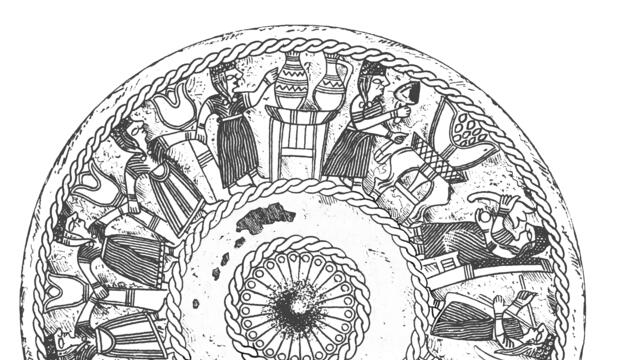Music and Dance in Ancient Israel
Though few musical instruments have survived from the biblical period, the archaeological record includes numerous depictions of people performing music, song, and dance.

Music and dance played an important role in Israel and throughout the ancient Near East in daily life and on special occasions such as victory celebrations, mourning, and royal banquets, as well as in religious rituals. As Psalm 150:3–5 says: “Praise Him with blasts of the horn; praise Him with harp and lyre. Praise Him with drum and dance; praise Him with lute and pipe. Praise Him with resounding cymbals; praise Him with loud-clashing cymbals.” Few actual instruments have survived; artistic illustrations of musical performances and dancing, in scenes and figurines, as well as written descriptions from the Bible and ancient Near Eastern sources, provide most of our information. The instruments we know of include various types of wind (flute, pipe, horn), string (lyre, lute, harp), and percussion (drum and cymbals) instruments.
Musical ensembles often have at least three or four different instruments. A terra-cotta ritual stand from the Philistine city of Ashdod shows five musicians (three are visible in the photo); two are playing double pipes, the third a frame drum, the fourth a lyre, and the fifth cymbals (late eleventh or early tenth century BCE).

